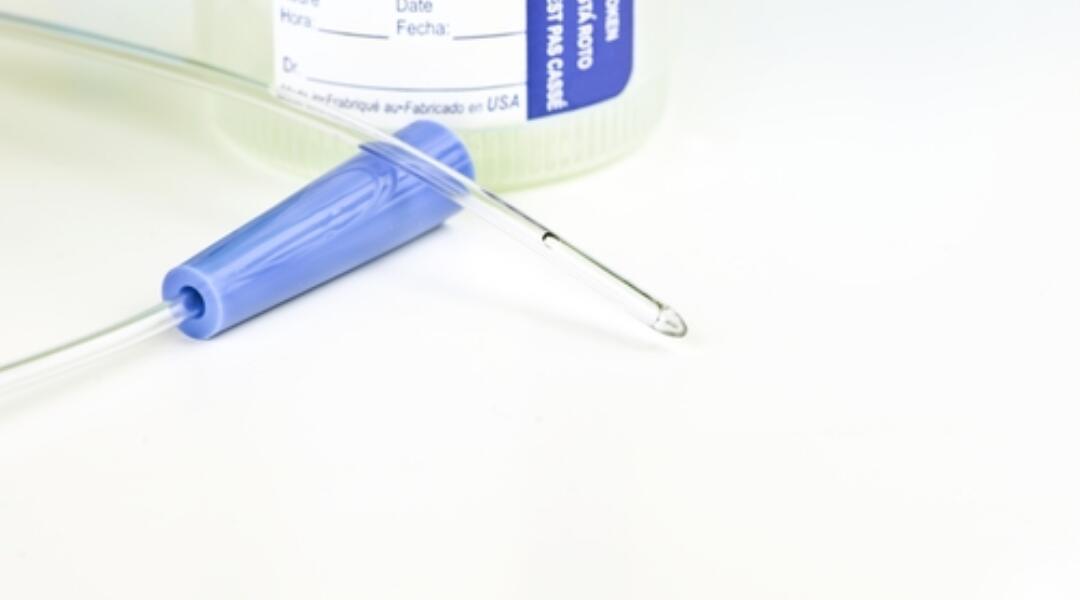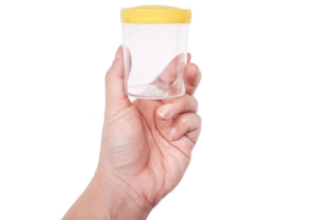Online course
Antimicrobials: catheter-associated urinary tract infections
Treat a hospitalised patient for a catheter-associated urinary tract infection.
New version released August 2019 to align with the revised and updated Therapeutic Guidelines: Antibiotic.
-
Cost: free

Accreditation
This is a self-reported activity for CPD purposes.
About
Developed in collaboration with the Australian Commission on Safety and Quality in Health Care (ACSQHC), this module deals with antimicrobials prescribing in a hospital setting.
In this case, you are an intern working on a medical inpatient unit at a metropolitan hospital. You are rostered for after-hours ward coverage of medical patients. You are called to see a patient by a nurse on the cardiology ward on the evening of his third hospital day because he is confused and has a temperature of 38.9°C.
Mr Wilson is an independent 72-year-old man who was admitted to hospital for an exacerbation of chronic heart failure (CHF) on a background of rate-controlled atrial fibrillation and a previous myocardial infarction. For three days prior to admission, he has noticed decreased exercise tolerance and had been waking up at night with shortness of breath.
Learning outcomes
On completion of this module, you should be able to:
- define clinical signs and symptoms consistent with catheter-associated urinary tract (CA-UTI) infection
- order investigations to identify the presence and aetiology of CA-UTI
- name bacteria commonly associated with CA-UTI
- prescribe appropriate empiric and directed antimicrobial therapy for CA-UTI
- describe measures to prevent the development of CA-UTI.




